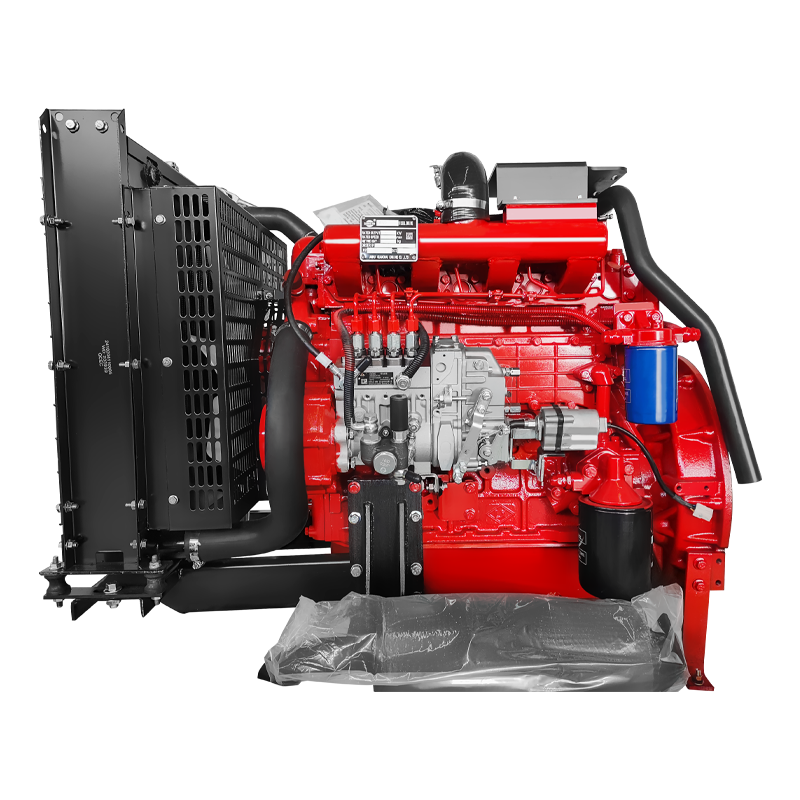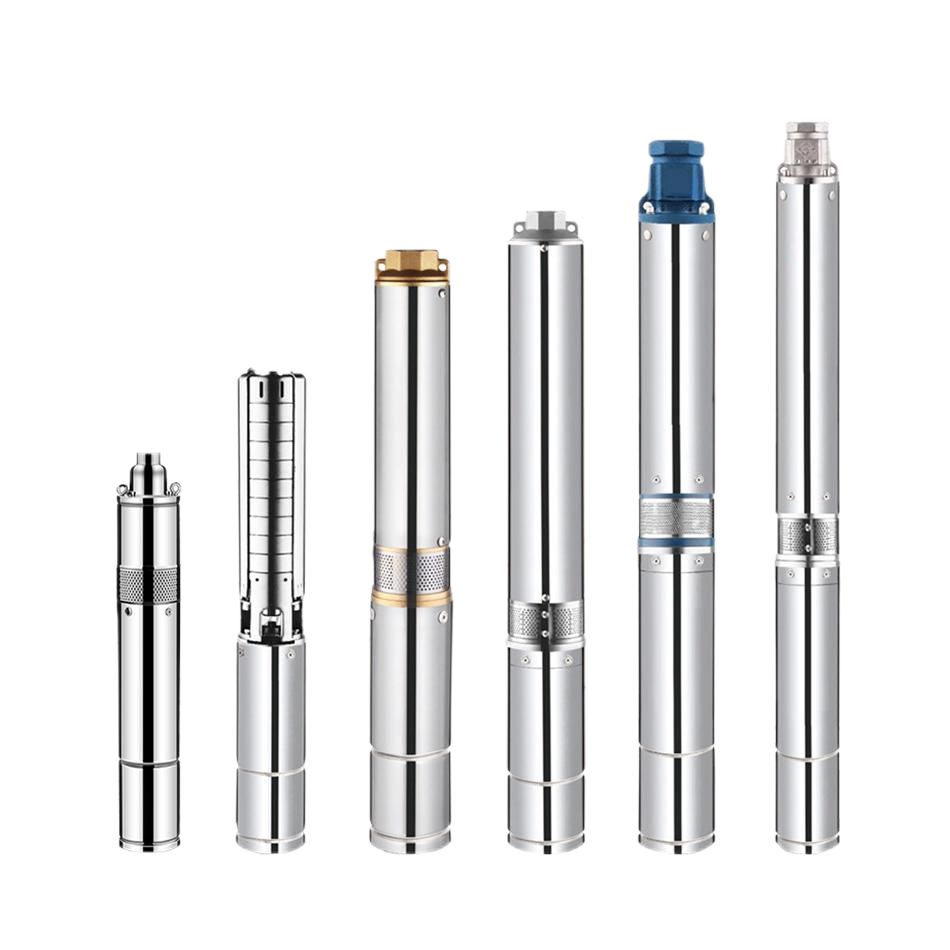If you need a high-quality pump for a specific application, consider a self-priming pump. Although they are easy to use and have numerous benefits, you must remember that a self-priming pump still requires priming at first. The following are a few things to consider when choosing a self-priming pump. Here are some benefits of self-priming pumps:
First, a self-priming pump creates a partial vacuum for discharge. To begin, air is removed from the discharge cavity. This creates a low pressure at the eye of the impeller, which forces fluid back up the suction line. The air is then pushed into the pump's casing and is dealt with as an initial prime. When the pump is fully re-primed, fluid is discharged through the outlet and the pump resumes operation.
In order for a self-priming pump to properly prime, it is important to check the suction line and ensure that it is completely sealed. If not, the pump will not be able to create a low-pressure area to start its priming process. Another thing to check is the position of the tank. If the pump is high enough, it will have easy access to a reservoir. Similarly, low-flow pumps can prime easily when they are located next to a tank.
Another factor to consider when choosing a self-priming pump is the type of fluid to be pumped. For example, a centrifugal self-priming pump can lift water as much as six metres, but is less efficient if the fluid is too dense. For this reason, you should choose a pump with a short, shallow suction line and a sufficient NPSH. A self-priming pump should be close to the source of liquid, as a long horizontal run can inhibit the pump from priming.
Self-priming pumps are ideal for a wide range of hygienic and sanitary processing applications. They are available in three, four, six, and ten-inch models. They have a maximum flow rate of 3,450 gpm and are suitable for high-head applications. In addition, they have unique suction designs. And since they can operate at higher speeds, they provide exceptional performance and industry consistency. It is a popular choice for wastewater-handling applications.
One disadvantage of self-priming pumps is that they require additional time to prime. If your pump takes more than four minutes to prime, you need to shut it down. If this happens, try to identify the problem and solve it before the pump needs a new prime. You might be missing an air vent in the pump's housing. However, the good news is that there are simple ways to fix this problem. These include: 1) Using a funnel to pour water into the pump's inlet; 2) Using a funnel to pour water into it's outlet valve; and 3) When you are satisfied with your pump's performance, the pump will continue to run.
The self-priming pump is often the right solution when you need a pump that can handle low flow and high pressure applications. A self-priming pump with a backward-running impeller will produce a pressure equal to 50 percent of its rated flow and head. This causes a vacuum in the suction line, reducing the pump's efficiency. In addition, the wrong rotation may prevent the pump from priming and will prevent it from working properly.

 English
English عربى
عربى
 Fire Pump and System
Fire Pump and System Split Case Pump
Split Case Pump Engine and Pump
Engine and Pump Long Shaft Pump
Long Shaft Pump Multistage pump
Multistage pump Water Supplier System
Water Supplier System Sewage Pump
Sewage Pump Industrial Pump
Industrial Pump Self-Priming Pump
Self-Priming Pump Inline Pump
Inline Pump Domestic Pump
Domestic Pump Electric Motor
Electric Motor Borehole Pump
Borehole Pump







